Poverty remains one of the world’s most pressing issues, affecting millions of people globally. While governments and humanitarian organizations have long been at the forefront of tackling poverty, the emergence of artificial intelligence (AI) and citizen science presents new opportunities to address this complex problem. AI-driven tools, combined with grassroots data collection efforts, can provide better insights into economic challenges and help develop targeted solutions.
However, for this innovative approach to be truly effective, sustainable funding and ongoing community engagement are essential. In this blog, we explore how AI and citizen science can work together to alleviate poverty, the challenges of implementing these technologies, and real-world success stories where these efforts have made a tangible difference.
The Role of AI in Fighting Poverty
AI for Data Analysis and Decision-Making
AI can analyze massive amounts of data to identify trends, predict economic shifts, and develop targeted interventions. In poverty-stricken areas where official data is often limited, AI can fill the gaps by:
- Analyzing satellite imagery to detect economic conditions in rural and urban communities.
- Using natural language processing (NLP) to analyze social media and local reports on living conditions.
- Predicting food shortages and resource scarcity based on climate patterns and market trends.
- Enhancing financial inclusion through AI-driven credit scoring models for microloans.
AI for Resource Allocation and Aid Distribution
One of the biggest challenges in poverty alleviation is ensuring that resources reach the right people. AI can help by:
- Optimizing supply chains for food and medical aid distribution.
- Identifying vulnerable populations using predictive analytics.
- Improving fraud detection in social welfare programs to ensure aid reaches those in genuine need.
- Enhancing education accessibility through personalized AI-driven learning platforms for underserved communities.
The Power of Citizen Science in Data Collection
What is Citizen Science?
Citizen science involves public participation in scientific research, where local communities actively collect and share data. When applied to poverty research, citizen science enables individuals to contribute valuable insights about their economic challenges and living conditions.
How Citizen Science Fills Data Gaps
In regions where government statistics are outdated or unreliable, citizen science can:
- Provide real-time data on local food insecurity, employment levels, and health conditions.
- Map out informal economies that are often ignored in official statistics.
- Empower marginalized communities by involving them in data collection and decision-making.
- Validate AI predictions with firsthand human insights.
Digital Tools for Citizen Science
Smartphones, social media, and open-source mapping platforms allow individuals to contribute data easily. Key platforms include:
- OpenStreetMap: Enables users to map economic and social infrastructure.
- Ushahidi: A crowdsourced crisis-mapping platform used for tracking poverty-related issues.
- Google’s Open Data Kit: Facilitates field data collection on living conditions.
- AI-Powered Surveys: Apps that use AI to guide volunteers in collecting economic data.
Combining AI and Citizen Science for Greater Impact
AI-Enhanced Crowdsourced Mapping
AI can analyze citizen-submitted data, such as geotagged images and local reports, to create highly accurate poverty maps. These maps help policymakers:
- Identify underserved communities.
- Monitor urban and rural development progress.
- Optimize disaster relief efforts in low-income areas.
AI-Driven Social Programs
Governments and NGOs can leverage AI-powered citizen science to:
- Design better social safety nets based on real-time poverty indicators.
- Automate cash-transfer programs for people in extreme poverty.
- Improve public health interventions by using citizen-reported health trends.
AI and Citizen Science in Microfinance
Microfinance institutions can use AI-enhanced citizen science to:
- Develop community-led microloan programs based on real economic needs.
- Assess creditworthiness through alternative data, such as mobile payment history.
- Identify entrepreneurial hotspots where small businesses need financial support.
Challenges and Ethical Considerations
Ensuring Data Accuracy and Reliability
While citizen science provides valuable data, AI models must account for potential biases and inaccuracies in user-submitted reports. Solutions include:
- Cross-checking AI predictions with multiple independent data sources.
- Training AI models to detect and correct inconsistencies in citizen reports.
- Encouraging standardized data collection protocols to improve reliability.
Ethical Concerns and Privacy Issues
When using AI and citizen science, protecting people’s privacy is critical. Best practices include:
- Anonymizing citizen-reported data to prevent misuse.
- Ensuring informed consent before collecting personal information.
- Developing transparent AI systems that avoid discrimination in aid distribution.
Sustainable Funding for AI-Citizen Science Initiatives
For long-term impact, governments and organizations must ensure continued investment in AI-driven citizen science projects. Potential funding sources include:
- Public-private partnerships to support large-scale initiatives.
- Crowdsourced funding models where local communities contribute.
- Grants from global organizations dedicated to poverty alleviation.
Real-World Success Stories
AI and Citizen Science in Africa
- The World Bank’s AI-Powered Poverty Mapping Project used satellite data and local surveys to identify economic disparities in sub-Saharan Africa.
- Kenya’s Digital Livelihoods Initiative employed AI and citizen-reported job data to connect low-income workers with gig economy opportunities.
AI-Driven Social Programs in India
- The Aadhaar Biometric System uses AI-driven identification to ensure welfare benefits reach low-income citizens.
- EkStep Foundation’s AI Learning Platform provides digital education to underprivileged children through community-collected learning data.
AI-Citizen Science Disaster Response in Latin America
- Colombia’s AI Disaster Relief System combined citizen reports and AI predictions to improve emergency responses in flood-prone areas.
- Peru’s Open Data Poverty Mapping Initiative leveraged community data and AI analytics to identify high-risk areas for food insecurity.
Future Prospects: Scaling AI and Citizen Science to Combat Poverty
Looking ahead, the integration of AI and citizen science can:
- Enhance real-time economic monitoring in low-income regions.
- Expand AI-powered job-matching platforms to boost employment.
- Strengthen climate resilience programs by using citizen science data to mitigate poverty-related environmental risks.
With continued innovation, investment, and ethical implementation, AI and citizen science have the potential to revolutionize poverty reduction strategies and create a more equitable world.
Conclusion
The combination of artificial intelligence and citizen science presents a groundbreaking approach to poverty alleviation. By leveraging AI’s data-processing power and the grassroots insights of local communities, governments and organizations can create more effective, inclusive, and scalable solutions to economic hardship.
However, for this approach to succeed, sustainable funding, ethical data use, and ongoing community engagement are essential. By investing in AI-driven citizen science, we can move towards a future where poverty is better understood, addressed, and ultimately reduced.
Also Read:
Artificial intelligence and poverty alleviation: Emerging innovations and future pathways
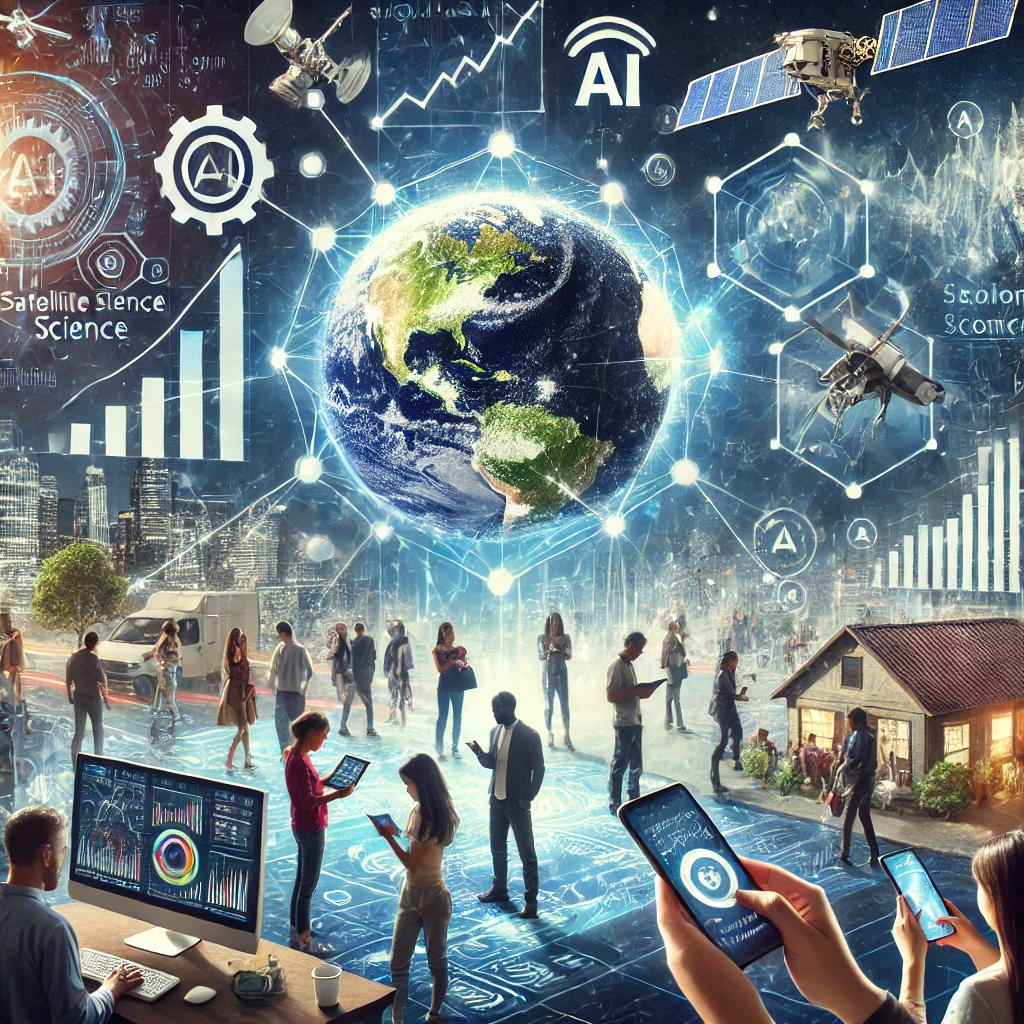
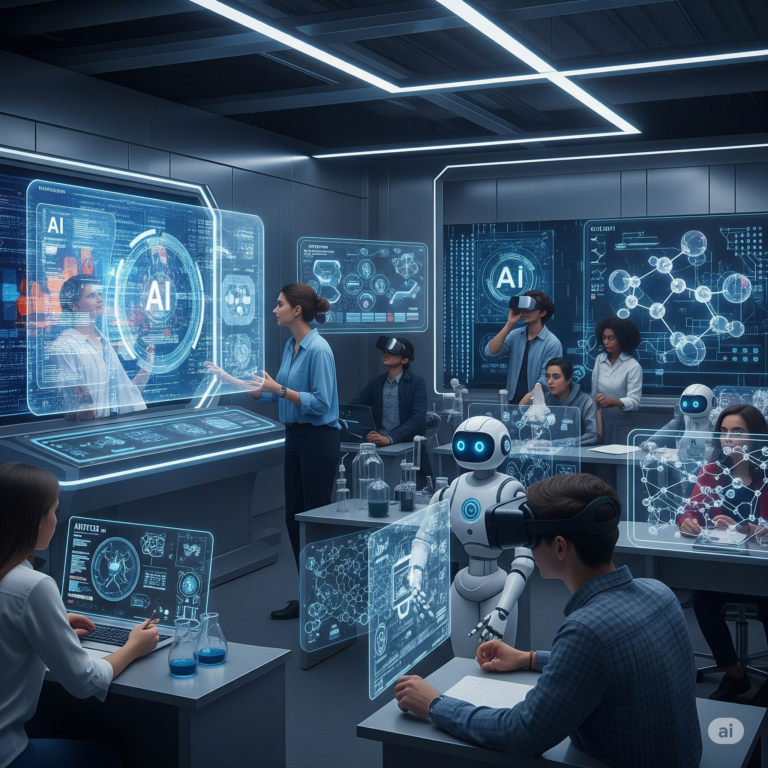

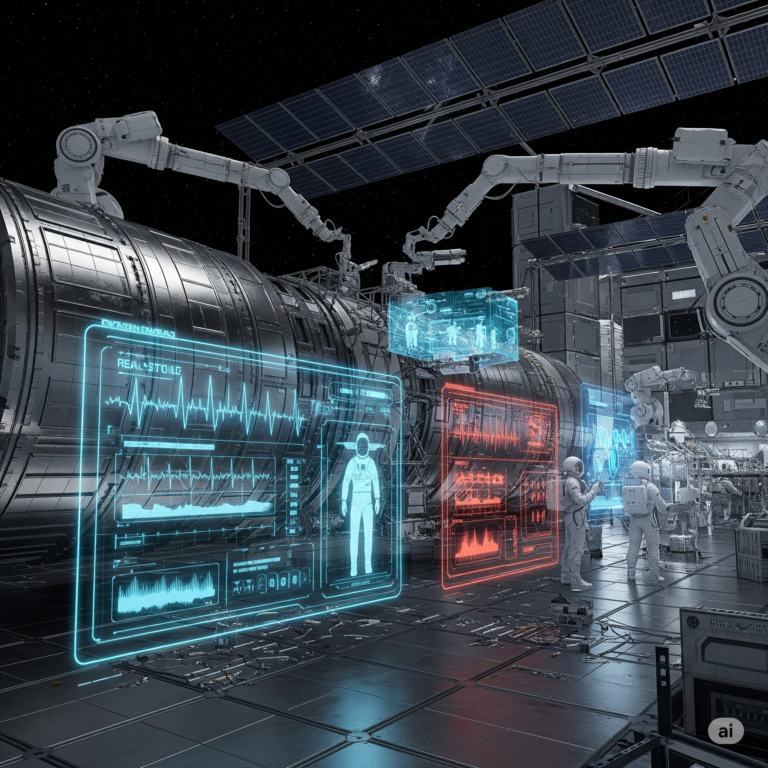
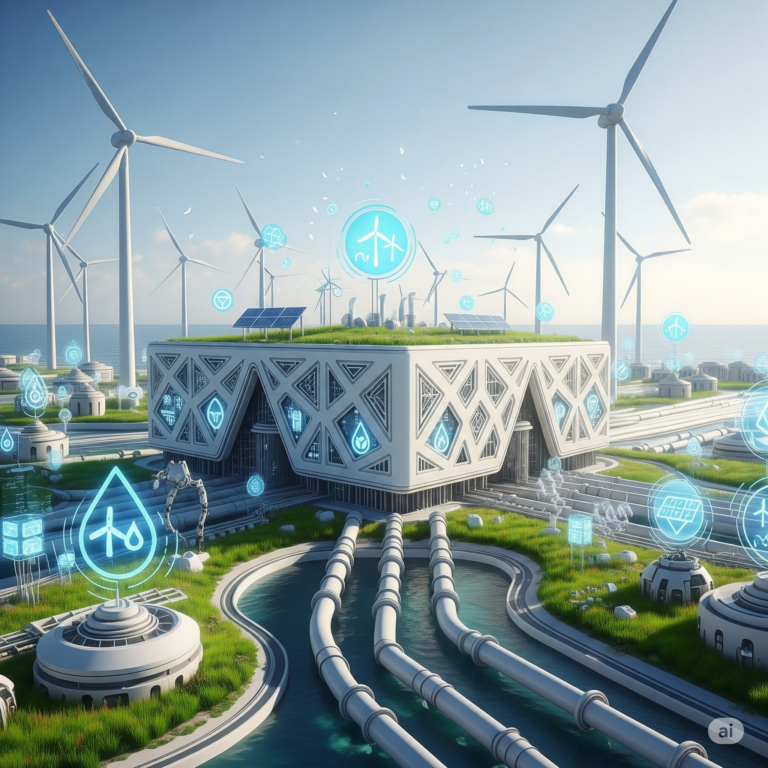
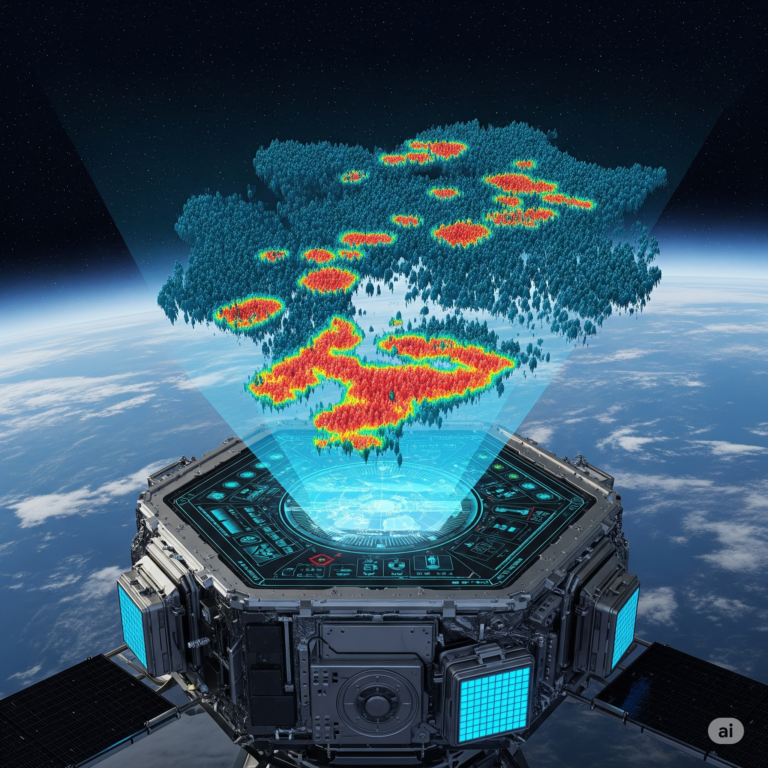
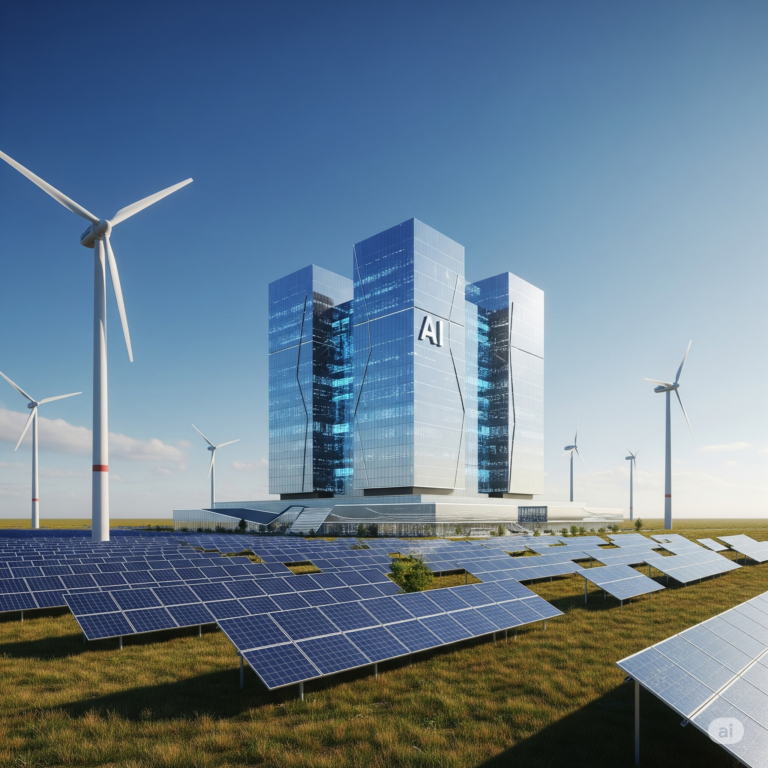

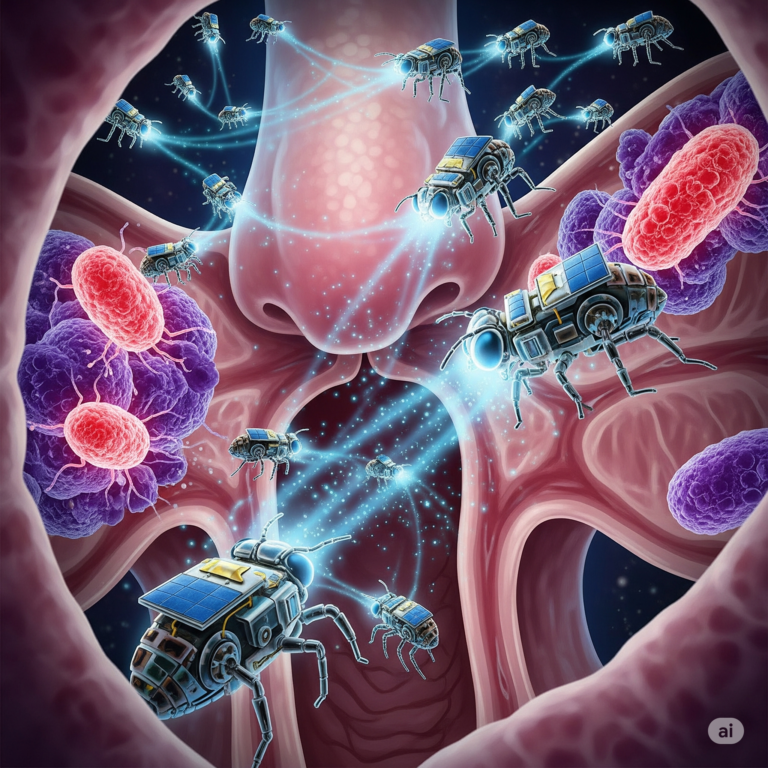
+ There are no comments
Add yours